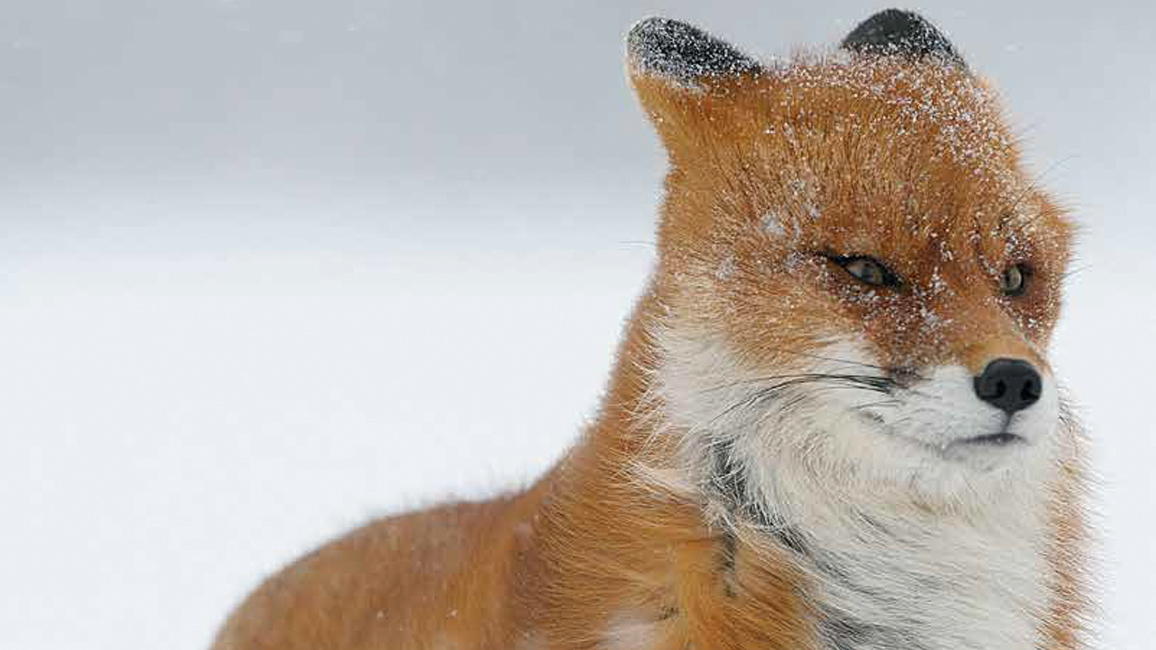
Red Foxes
By Hannah SchardtThis magnificent red fox looks perfectly at home in a golden fall meadow. But a red fox is also at home in leafy woods, on a frozen tundra—even in a big city in the middle of summer!
There are 12 different kinds of foxes living in many parts of the world. But red foxes are found in more places than any other. And they seem to thrive in all kinds of weather. You could call them the anytime, anywhere foxes.
FALL
The days are getting shorter and the weather is getting cooler. But for the red fox, that is just fine. It likes to hunt before sunrise and after sunset, anyway. And its thick, soft coat keeps it plenty warm.
In fall, a red fox hangs out mostly alone. The babies have grown up and are on their own. So now is the time to focus on food. That’s because, even for a master hunter such as a fox, winter can mean slim pickings. And winter is just around the corner.
WINTER
In cold places, red foxes grow even longer, thicker winter coats. Instead of hiding out in a den, a red fox will usually just curl up right out in the open. Wrapped in its big, bushy tail, the fox stays nice and warm—even when it’s completely covered by snow.
Finding food is a bigger problem. Small animals such as mice, ground squirrels, birds, and lizards make up most of a red fox’s diet. An in some places, many of those prey animals are hard to find during the winter. Good thing that a red fox has super-sharp hearing. It can hear a mouse squeaking from as far away as the length of a football field! And when it hears that squeak or a rustling in leaves or tiny footsteps under snow, it leaps into action! So even though there isn’t as much food around, a red fox will find whatever food there is.
SPRING
For a red fox, spring means one thing: babies! Mom and Dad Fox mate in late winter. By spring, Mom huddles down in an underground den. She gives birth to a litter of four to six kits, or baby foxes. When they are born, the kits are about as long as dollar bills and completely helpless. They can’t hear, can’t see, and don’t have any teeth.
Mom stays with the kits around the clock for the next two to three weeks. Snug inside her den, she nurses them and keeps them warm.
By the end of that time, the babies’ eyes have opened, they can hear, and they have sharp little teeth. Mom still nurses them, but they can eat bits of meat, too. It’s time to start exploring.
SUMMER
Young kits need to become top-notch hunters—fast. They practice on small animals brought by their parents. And they stalk and wrestle with their littermates. Older brothers and sisters may help feed and care for the kits, too. The little foxes need all the help they can get. In just a few short months, it will be fall again. And these young foxes must be ready to go off and survive on their own—anytime, anywhere.
“Fox for All Seasons” originally appeared in the October 2013 issue of Ranger Rick magazine.
(Click on each image above for a closer view of the story.)



















